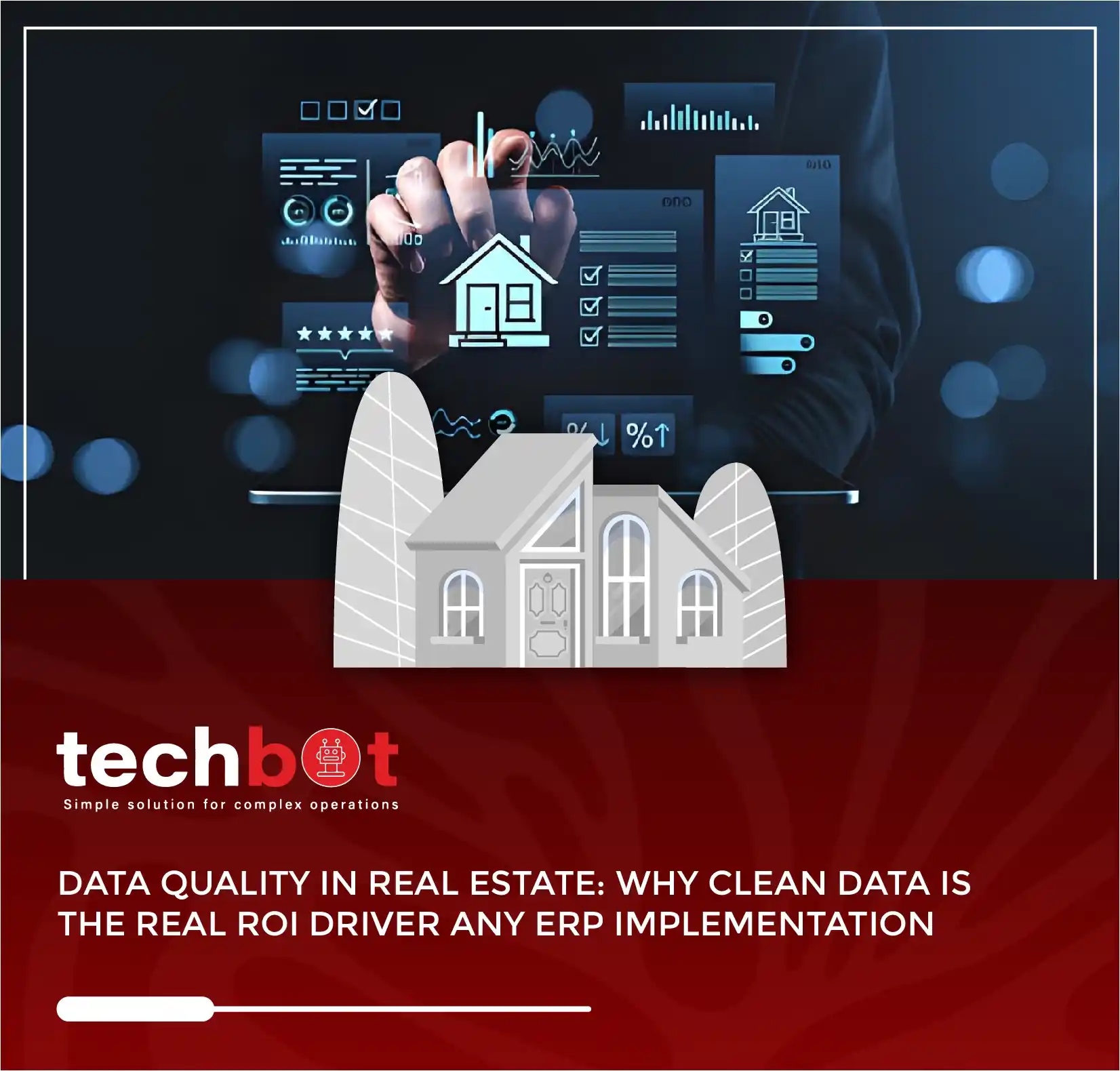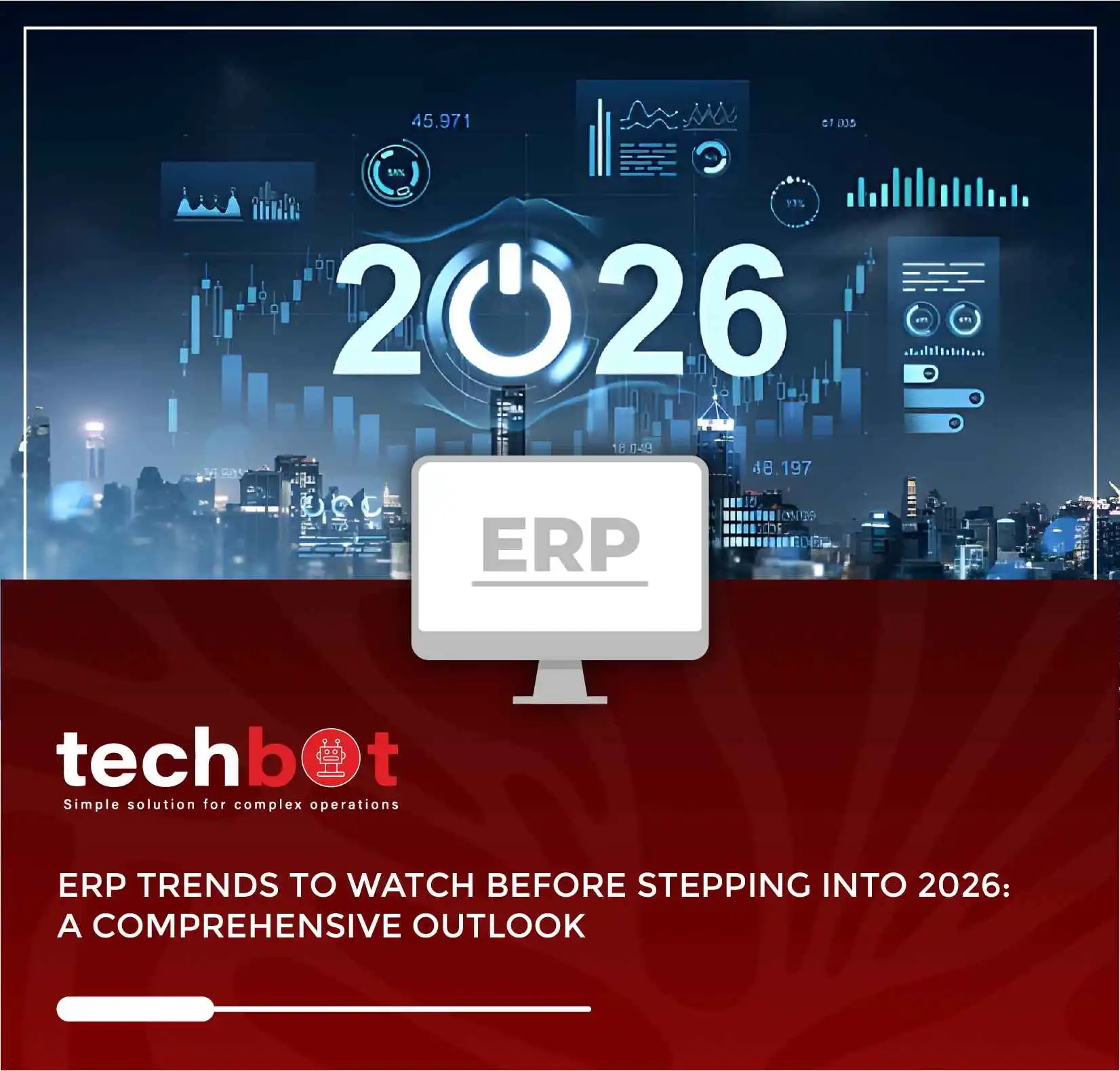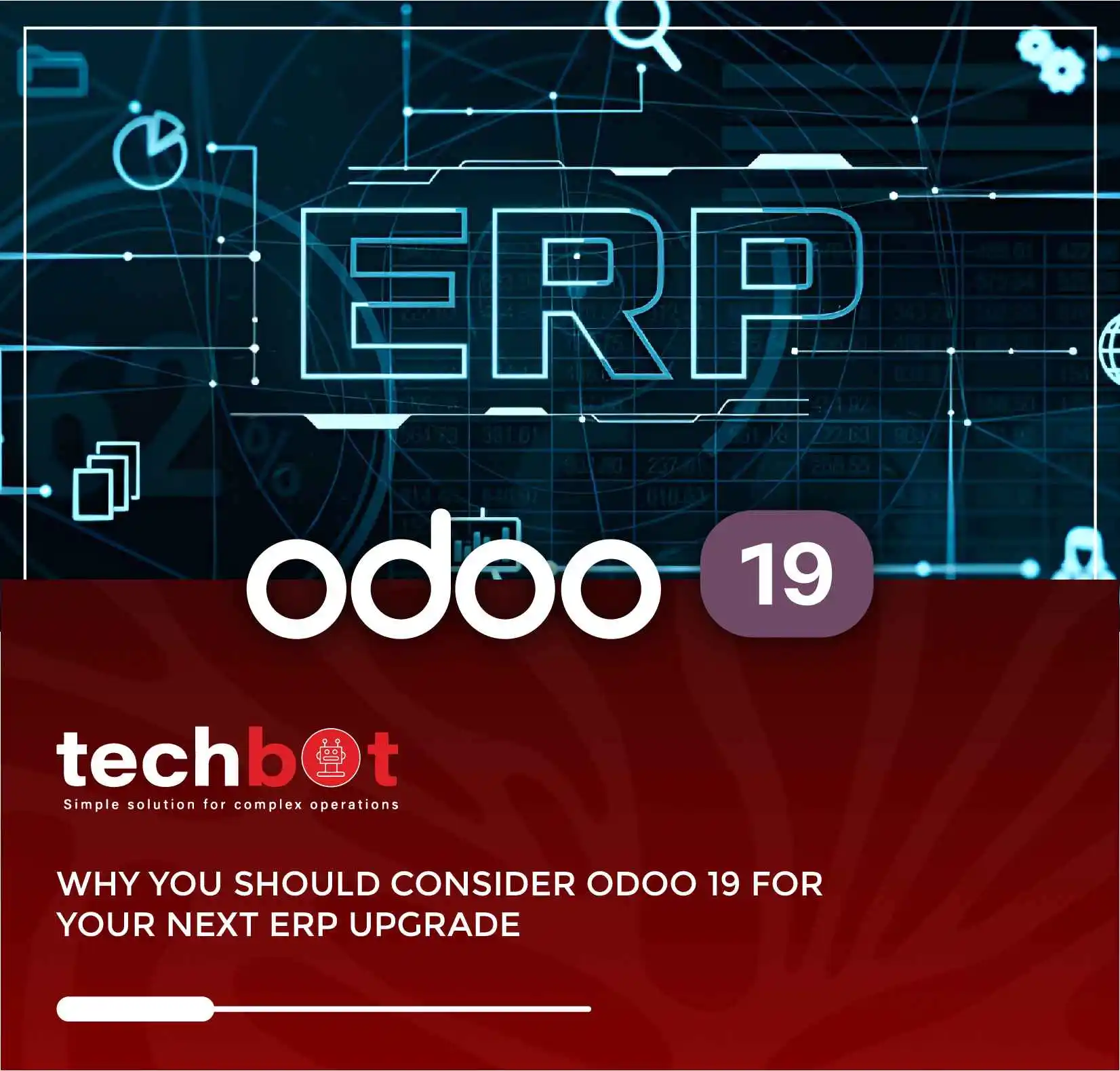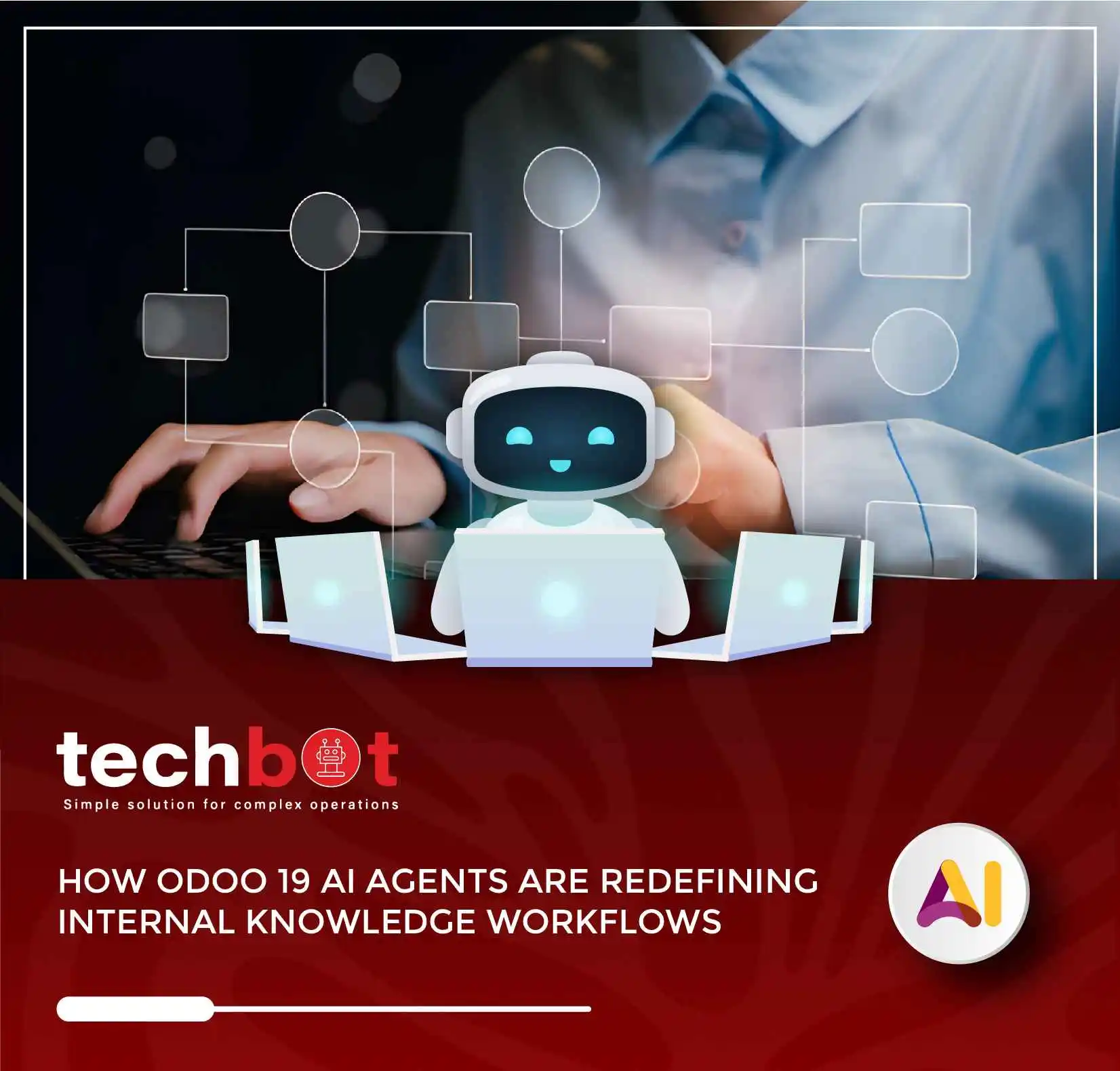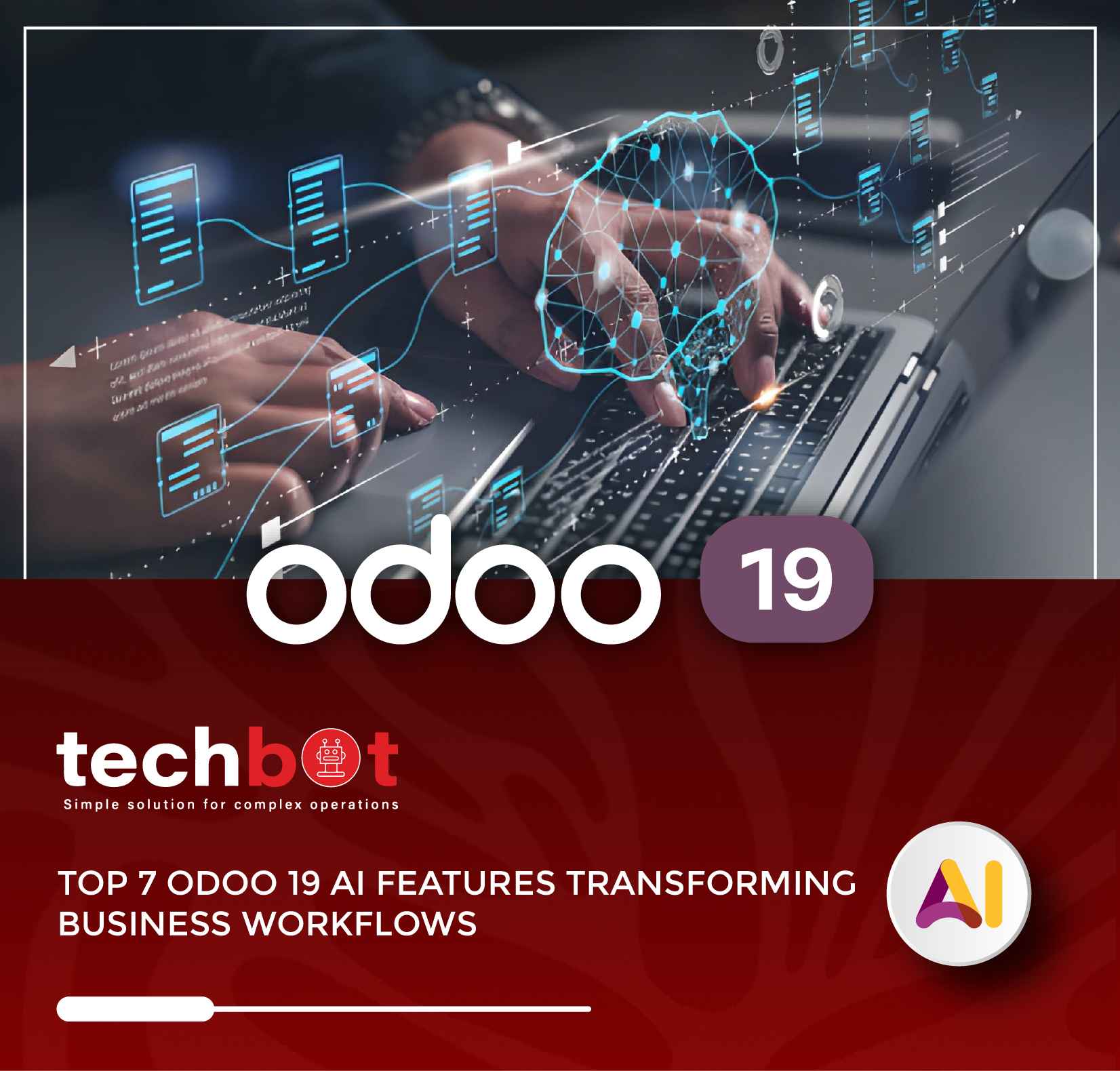Custom ERP Implementation Report in UAE: A Step-by-Step Guide for Odoo Users
Custom ERP Implementation Report in UAE: A Step-by-Step Guide for Odoo Users
Moossa M. Alavi
Moossa M. Alavi is the Founder & CEO of Techbot ERP and Altamyz Advertising. He is a certified Odoo consultant with more than 27 years of experience in business, advertising, and ERP software. Moossa started his career in the UAE in 1997 with a well-known group in Abu Dhabi. Over the years, he built his own companies to help other businesses work better using technology. Moossa helps with customized ERP implementation for various industries, including manufacturing, insurance, supercar rental, and logistics, through Techbot ERP. He resolves these issues with Odoo ERP and supports businesses in growing with the right assets and guidance. Moossa has received many awards for his work, including the Arabian Best of Best Award and the Industry Leader Award from BNI UAE. He is also a BNI Ambassador and mentors other business owners. He believes in giving back to the community and helping others grow, following the “Givers Gain” principle.
Latest Post
Recent Posts
- Why Clean Data Drives The Highest ROI In Real Estate ERP Projects
- ERP Trends To Watch Before Stepping Into 2026: A Comprehensive Outlook
- Importance Of ERP For Growth And Compliance In Real Estate
- Why You Should Consider Odoo 19 For Your Next ERP Upgrade
- Odoo 19 Migration For Real Estate: Benefits, Risks & Migration Checklist
- How AI Agents In Odoo 19 Are Revolutionizing Business Support
- Top 7 Odoo 19 AI Features Transforming Business Workflows
- How to Use Odoo 19 to Automate Real Estate Sales And Finance
- Odoo 18 vs Odoo 19: A Complete Feature Comparison To Guide Your Next Upgrade
- From ERP to Immersive Enterprise: How Techbot ERP is Powering the UAE’s Digital Transformation
Implementing a custom ERP system customized to your business needs is critical for achieving operational excellence, especially in a dynamic and competitive landscape like the UAE. This report offers a comprehensive guide focused on custom ERP implementation in the UAE, with a particular emphasis on Odoo ERP. It’s designed for both technical teams and decision-makers who are planning or refining their ERP strategy.
Drawing from real-world deployment experiences, this guide dives deep into the performance optimization of custom Odoo reports and views, inventory management workflows, and phased ERP migration strategies. Whether you are moving from legacy systems or upgrading an existing ERP, these insights will help you achieve high-performance, user-friendly, and scalable ERP solutions.
This report reflects the challenges and solutions faced by UAE businesses across sectors like retail, manufacturing, automotive, logistics, and insurance. It has been compiled by ERP specialists working hands-on with clients migrating from platforms such as Tally and Zoho to Odoo. With the UAE’s digital-first initiatives pushing businesses toward agile transformation, a custom ERP report is more than just a technical blueprint it’s a strategic playbook.

Debugging and Optimizing Odoo Custom View and Report Performance
Performance issues in custom ERP reports, especially in Odoo ERP, are often rooted in inefficient database queries, heavy joins, or unoptimized code. In high-traffic environments, these inefficiencies lead to delays, crashes, or slow UI response times. This section outlines how UAE-based companies can systematically debug and optimize these elements.
- Enable Developer Mode in Odoo to access model views, inspect XML structures, and identify slow-loading components.
- Utilize Odoo’s built-in SQL query logging and profiling tools to track slow ORM queries and resource-heavy methods.
- Integrate profiling tools like Speedscope to visualize performance bottlenecks in real time.
- Incorporate these tools proactively during development and QA phases—not just after performance issues arise.
When integrated early in development pipelines, these techniques result in faster page loads, reduced memory usage, and improved report generation times.
ORM Optimization for Custom ERP Reports
A major cause of lag in custom ERP implementation reports in UAE is improper use of Odoo’s ORM layer. Using the right ORM methods can cut down database roundtrips and eliminate redundant queries.
- Use search_count() for counts instead of fetching full datasets.
- Apply read_group() for grouped statistical data; it maps directly to SQL’s GROUP BY, ideal for large datasets.
- Prefer browse() over read() for internal operations; it’s more efficient due to built-in prefetching.
- Apply prefetch() and batch operations to eliminate N+1 query issues.
- Only use sudo() where necessary, and store computed fields when they don’t change often.
These best practices are essential when building scalable Odoo ERP reports for logistics, automotive, and finance verticals where data volume and query speed are critical.
Database-Level Optimization for Custom Odoo ERP
In high-volume ERP environments across the UAE, database performance is often the bottleneck. Improving it ensures faster report generation and smoother business operations.
- Index commonly queried fields (especially many2one relationships).
- Leverage PostgreSQL features such as trigram indexing and computed indexes.
- Use Materialized Views for complex, read-heavy reports that don’t require real-time data.
- Regularly execute VACUUM FULL ANALYZE to maintain database health.
- Tune PostgreSQL parameters like shared_buffers, work_mem, and effective_cache_size for optimized memory usage.
For example, companies migrating from QuickBooks or SAP to Odoo have found materialized views crucial for large-scale reporting, especially in supply chain and multi-location retail settings.
Frontend and UI Optimization in Custom ERP
Even with optimized backend logic, poor frontend design can slow down user operations, especially in CRM, POS, or inventory modules where response time is critical.
- Minimize real-time computed fields in Kanban/List views.
- Use pagination (limit=”20″) for One2many fields to load data incrementally.
- Optimize static assets—minify JavaScript, compress CSS, and lazy-load images.
- Design lightweight themes and avoid unnecessary visual elements.
These adjustments help ensure your custom ERP report runs efficiently on desktops, tablets, and mobile apps used by sales teams and warehouse managers.
Server-Side and Infrastructure Improvements
Performance at the infrastructure level often determines how well your custom ERP scales.
- Set the number of Odoo workers to (CPU cores * 2) + 1.
- Enable async_mode in the Odoo config for I/O-heavy operations.
- Load balance with Nginx or HAProxy to distribute user load.
- Upgrade to dedicated servers with SSD storage for production environments.
In the UAE, enterprises in sectors like insurance and logistics have found that allocating dedicated infrastructure dramatically improves uptime and report refresh times.
Custom Code Refactoring for Long-Term Efficiency
Poorly optimized custom modules can cripple system performance over time. Refactor custom logic regularly, especially during major ERP version upgrades.
- Use profiling tools like cProfile to find slow Python methods.
- Replace loops with batch ORM operations.
- Avoid modifying core Odoo code—use modular development.
- Follow inheritance best practices to maintain upgrade compatibility.
Our team has helped UAE-based automotive and finance companies reduce monthly report runtimes by 40% simply by following these guidelines in their custom ERP implementation.
Get expert ERP guidance for your business. Optimize your operations with the right ERP solution.

Maximize Your ERP ROI with a Strategic Customization Approach
The insights shared in this guide are the result of hands-on experience delivering high-performance ERP systems tailored to the needs of UAE businesses. Whether you are implementing a new solution or refining an existing one, the principles of debugging, ORM optimization, and modular custom development are essential.
For UAE businesses planning a migration from legacy systems like Microsoft Dynamics or Oracle to Odoo, this custom ERP implementation report serves as a blueprint for success. Prioritizing performance from the outset not only ensures system efficiency but also boosts user adoption and long-term scalability.
At Techbot ERP, we specialize in building and optimizing custom ERP systems in the UAE. As a trusted Odoo Gold Partner, we help businesses across manufacturing, insurance, supercar rentals, logistics, and more achieve faster, smarter, and scalable ERP outcomes.
Frequently Asked Question
1. What is a custom ERP implementation report?
A custom ERP implementation report outlines the process, challenges, and performance improvements involved in tailoring an ERP system like Odoo to a specific business’s needs. It includes technical optimizations, migration steps, and infrastructure recommendations.
2. Why do UAE businesses prefer Odoo for ERP implementation?
UAE businesses choose Odoo for its flexibility, modular design, and affordability. It adapts well to industries like logistics, automotive, retail, and finance while supporting compliance and localization requirements relevant to the UAE market.
3. How can I improve performance in custom Odoo ERP reports?
You can improve Odoo report performance by optimizing ORM queries (read_group(), search_count()), using database indexing, implementing materialized views, and minimizing heavy UI elements. Profiling tools and PostgreSQL tuning also play a key role.
4. What are common mistakes in ERP customization that affect performance?
Common issues include inefficient ORM usage, excessive Python loops, overuse of sudo(), unindexed fields, and modifying core Odoo code directly. Refactoring custom modules and following modular design principles help maintain performance and upgradeability.
5. What is the role of materialized views in custom ERP reporting?
Materialized views precompute and store complex query results, reducing the need for real-time calculations. In custom Odoo ERP reports, especially for supply chain or retail dashboards, they drastically improve performance and load times, making them ideal for large, read-heavy datasets in UAE enterprises.

Get the latest tips and updates on ERP software solutions. Subscribe to our newsletter and stay ahead in business!
Latest Post
Recent Posts
- Why Clean Data Drives The Highest ROI In Real Estate ERP Projects
- ERP Trends To Watch Before Stepping Into 2026: A Comprehensive Outlook
- Importance Of ERP For Growth And Compliance In Real Estate
- Why You Should Consider Odoo 19 For Your Next ERP Upgrade
- Odoo 19 Migration For Real Estate: Benefits, Risks & Migration Checklist
- How AI Agents In Odoo 19 Are Revolutionizing Business Support
- Top 7 Odoo 19 AI Features Transforming Business Workflows
- How to Use Odoo 19 to Automate Real Estate Sales And Finance
- Odoo 18 vs Odoo 19: A Complete Feature Comparison To Guide Your Next Upgrade
- From ERP to Immersive Enterprise: How Techbot ERP is Powering the UAE’s Digital Transformation

